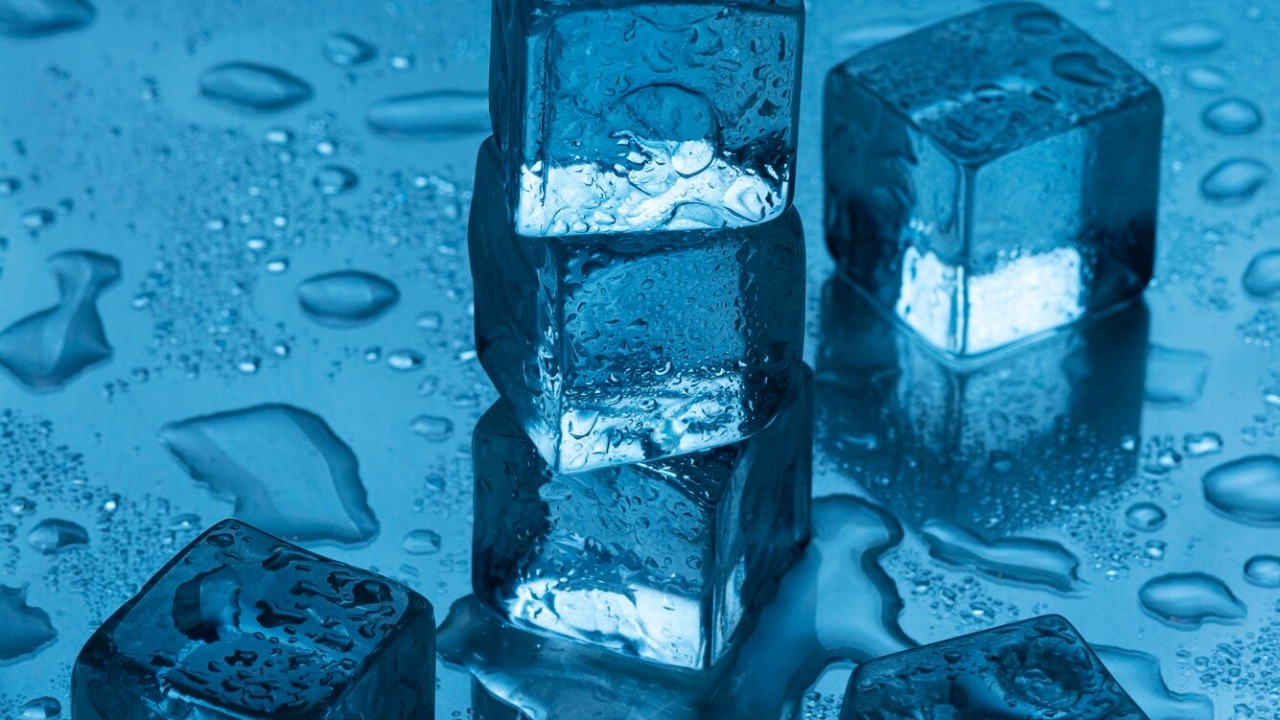
Scientists at an undisclosed research facility have achieved a groundbreaking feat by creating “warm ice,” a novel form of ice that maintains structural integrity at temperatures above freezing. This discovery, detailed in a report published on October 15, 2025, challenges traditional understandings of ice formation and could revolutionize fields like cryogenics and materials science. Initial experiments were conducted under controlled laboratory conditions, as highlighted in the report titled “Woah—Scientists Just Made Warm Ice” (Popular Mechanics).
What Is Warm Ice?
Warm ice is defined as a metastable state of water molecules arranged in a crystalline structure but stable at elevated temperatures. This unique form of ice defies the conventional behavior of water, which typically transitions to a liquid state above 0°C. According to experimental observations, warm ice retains its solid form even when subjected to temperatures that would normally cause melting (Popular Mechanics).
The physical properties of warm ice, such as its density and thermal conductivity, have been meticulously measured by the scientists involved in the trials. These properties differ significantly from those of conventional ice forms like Ih or Ic, which are the most common crystalline structures of ice found on Earth. The uniqueness of warm ice lies in its ability to maintain a solid state under conditions that would typically lead to a phase transition, offering new insights into the behavior of water molecules under varying environmental pressures and temperatures (Popular Mechanics).
How Scientists Created Warm Ice
The creation of warm ice involved a sophisticated experimental setup, including the use of high-pressure chambers to compress water samples. This method allowed researchers to manipulate the molecular structure of water, forcing it into a crystalline form that remains stable at higher temperatures. The process, as described in the 2025 report, required precise control over pressure levels to achieve the desired state (Popular Mechanics).
Following compression, the water samples underwent a heating process that raised temperatures without triggering a phase transition. This delicate balance was achieved through the application of specific catalysts or conditions that stabilized the warm state, as detailed in the experiment’s methodology. The ability to maintain the ice’s structural integrity at elevated temperatures opens up new possibilities for its application in various scientific and industrial fields (Popular Mechanics).
Challenges in Producing Warm Ice
Producing warm ice is not without its challenges. One of the primary technical hurdles faced by the research team was maintaining the necessary pressure levels during the heating process. Any deviation could result in the ice reverting to a liquid state, highlighting the delicate nature of the conditions required for its stability. These challenges underscore the complexity of the process and the need for precise control over experimental parameters (Popular Mechanics).
Another significant issue is the potential instability of warm ice, which can rapidly revert to liquid under slight perturbations. This instability poses a challenge for practical applications, as it requires careful handling and storage conditions to maintain its solid state. Additionally, scalability concerns have been noted, with initial lab tests indicating limitations in producing larger samples. These challenges must be addressed before warm ice can be utilized on a broader scale (Popular Mechanics).
Potential Applications of Warm Ice
The discovery of warm ice holds significant potential for various applications. In the field of refrigeration, warm ice could lead to technologies that require less energy, leveraging its properties for more efficient cooling systems. This could result in substantial energy savings and reduced environmental impact, making it an attractive option for sustainable development (Popular Mechanics).
In battery design, warm ice could enhance thermal management, providing a stable medium that prevents freezing risks while maintaining optimal operating temperatures. This application could improve the performance and longevity of batteries, particularly in extreme environments. Furthermore, the biomedical field could benefit from the discovery, as warm ice offers safer cryopreservation methods for tissues, potentially revolutionizing storage and transportation of biological materials (Popular Mechanics).